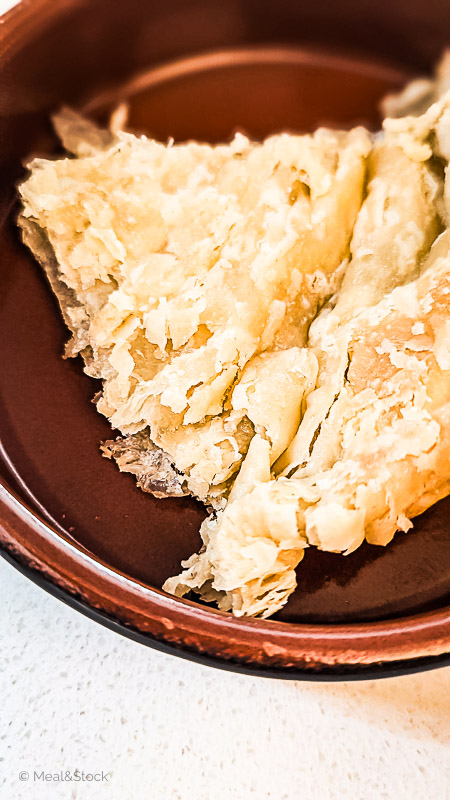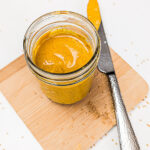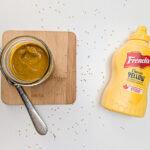
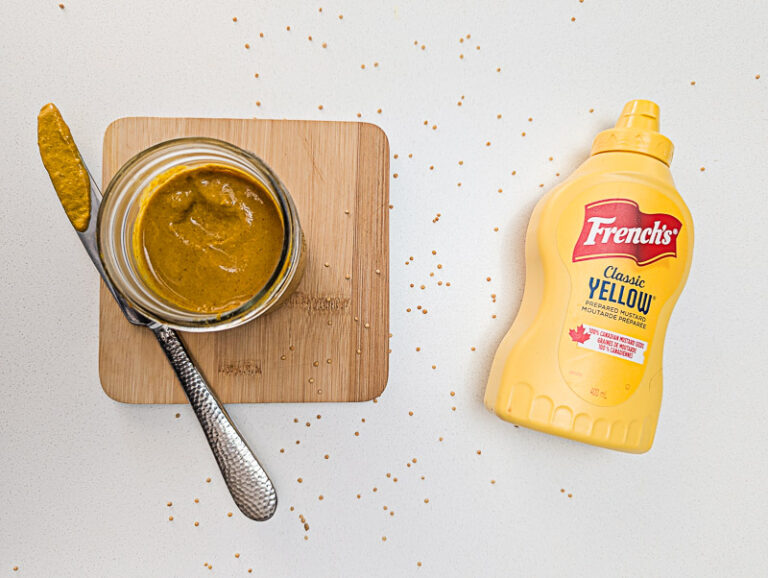

This post compares the pros and cons of buying a pie crust versus making it from scratch. We’ll be using this homemade pie crust recipe for this homemade vs. store-bought pie crust review.
If you are curious, achieving a flaky, crisp pie crust isn’t just about following a recipe, it’s about understanding the science behind it. And at the heart of it all, fat and gluten play a crucial role. Fat determines whether your crust will be tender or flaky, while gluten affects its structure. Too much gluten can make it tough and chewy, but without enough, the dough might fall apart before it even reaches the oven. And what about butter, shortening, or oil? Each fat behaves differently, impacting the final texture in its own way.
If you’re curious about how these ingredients come together to create the perfect pie crust, I’ve got another post, another post that explains it all in detail. Plus, we’ve included a hands-on experiment for little hands to explore the concept in a fun way. Don’t miss it!
From Flaky Pastry to Homemade Playdough: Experiment with Texture
Before we begin our comparison of taste and cost, let’s define our hypothesis: I’ve always heard and read that bread and pastries are cheaper to make at home than to buy. In this case, I believe that homemade pie crust costs less than store-bought pie crust. But is it worth the time and effort to prepare it?
As with all my posts, before we dive in, I want to offer a brief clarification. I’m comparing this specific pie crust brand because it’s what I found at my local Walmart. I don’t have any association with the brand, nor am I suggesting that Walmart always has the best deals or promotions. I chose Walmart because it’s a well-known international store, and I wanted to use a setting many can relate to. It’s practical for this comparison but not necessarily the most economical option. For this reason, I’ve created a calculator at the end of this post where you can input your local prices to find the most cost-effective option.
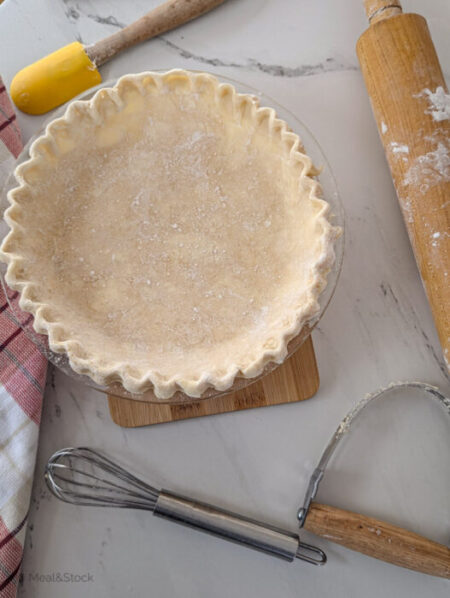
Store-bought pie crusts, such as Tenderflake, may contain additives or ingredients that classify them as ultra-processed products. According to OpenFoodFacts,, this specific brand includes whey and lecithins (stabilizers). While there are no safety concerns regarding lecithins as an additive, their presence is a marker of industrial processing, earning the product a NOVA 4 classification. Additionally, its nutritional quality is categorized as D, indicating low nutritional value.
In contrast, homemade pie crust (while similar in calories, fat, and carbohydrates to be honest) offers a significant advantage: it avoids ultra-processed ingredients and allows complete control over ingredient quality. You can skip sugar for a sugar-free crust, choose the fat source, and avoid additives.
Many store-bought pie crusts contain hydrogenated vegetable oils, a common source of industrial trans fats, which have been widely linked to an increased risk of coronary heart disease, metabolic dysfunction, and systemic inflammation. A study published in Nature Reviews Endocrinology highlights that even a small intake of trans fats (2% of total energy intake) is associated with a significant increase in heart disease risk. These fats negatively affect cholesterol levels, increase visceral adiposity, and disrupt glucose metabolism (Micha & Mozaffarian, 2009).
Homemade versions, on the other hand, allow for healthier fat choices such as butter, which naturally contains fat-soluble vitamins A, D, and K, or high-quality lard, which gives a flaky texture without the need for industrial processing. If you’re looking for a better option, consider checking your local bakery for a healthier alternative. In Québec, for example, local bakeries like Première Moisson provide higher-quality pie crusts without the additives and processed fats.
Ultimately, while both homemade and store-bought pie crusts share a similar nutritional breakdown, the quality of ingredients can make a difference. For those who don’t have time to make pie crust from scratch, looking for brands that prioritize high-quality fats and fewer additives can be a great middle-ground choice.
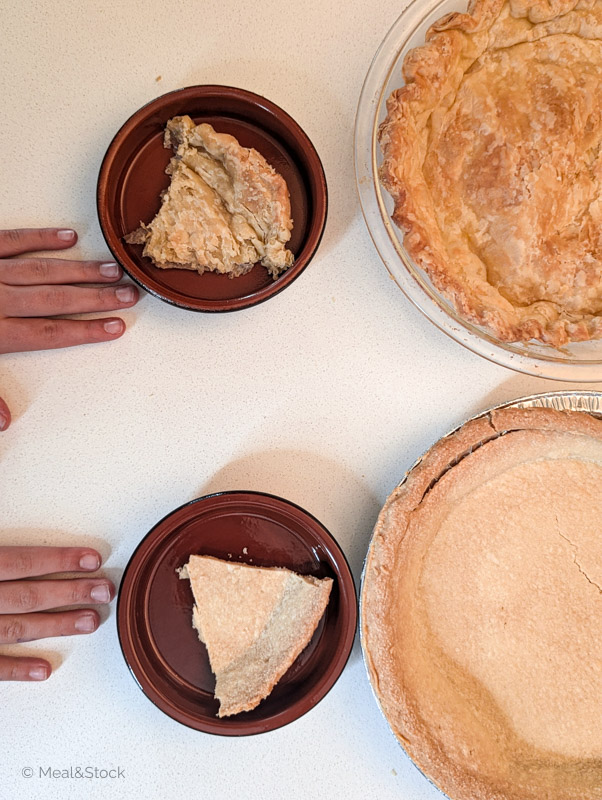
This time, my daughter helped me compare the taste and texture between the two pie crusts. I’ve always made pie crusts at home, but I’d never achieved a truly flaky texture. I tried using vegetable shortening because butter had previously resulted in crusts that were too hard. Finally, I followed all the recommended steps and achieved an incredibly flaky texture this time.
And I must say, it was perfect! I couldn’t stop eating it. However, my daughter preferred the store-bought pie crust, which is crumblier and has a cookie-like texture. But in my opinion, the flavor that buttery flakiness brings is unbeatable.
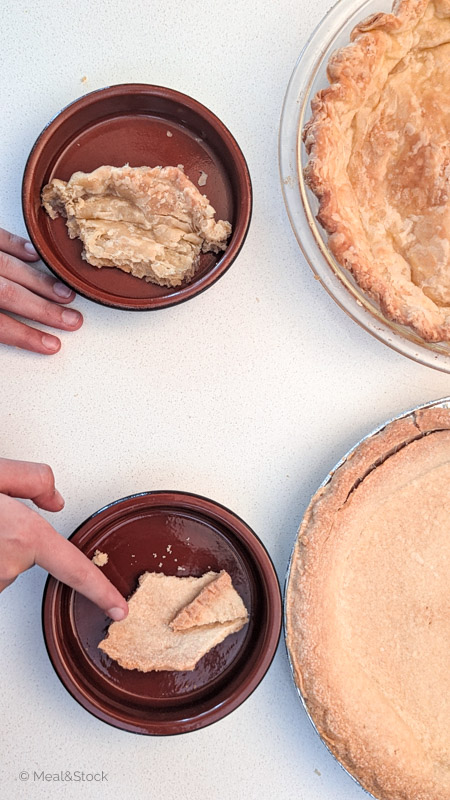
The homemade pie crust costs less than the store-bought crust. In this case, the hypothesis is correct: homemade pie crust is cheaper than well-known brands like Tenderflake and Pillsbury and even more affordable than the budget-friendly store brand, Great Value. Homemade pie crust is approximately 13.71% cheaper than the well-known brands and 12.57% cheaper than the store’s budget-friendly brand.
Although homemade pie crust is more economical and of better quality, it takes time: about 10 minutes of preparation and 30 minutes of resting before it’s ready to bake. It’s up to you to decide if the savings are worth the time investment!
If you’re looking for the most economical option, homemade pie crust is the clear winner, and beyond the savings, it also offers better quality of ingredients. Making it from scratch allows you to avoid ultra-processed products, have full control over the ingredients, and customize it to your taste and dietary preferences. Plus, if you find butter or lard on sale, the savings can be even greater!
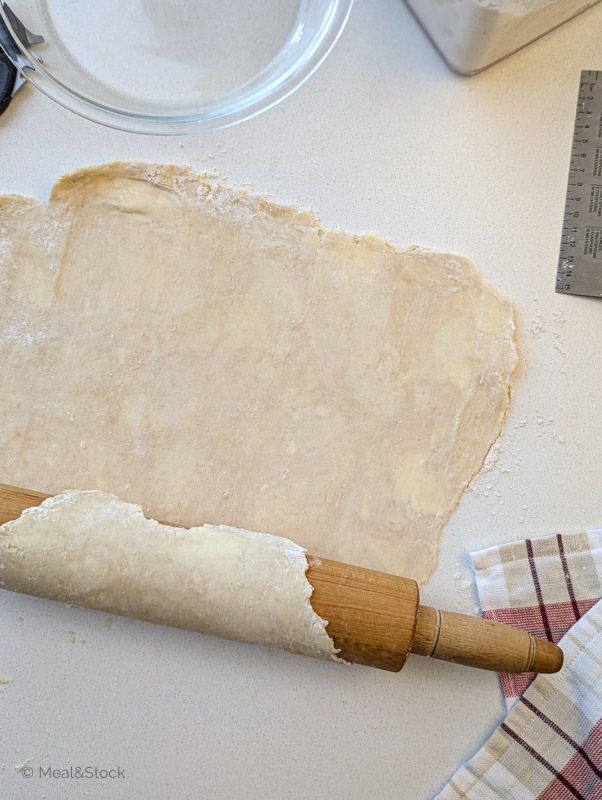
Making homemade pie crusts isn’t something that turns out perfectly the first time, but it’s a skill worth mastering. Not only are they delicious and versatile, but they’re also a way to connect with ingredients and enjoy the baking process. With time and practice, you’ll achieve perfectly flaky results!
